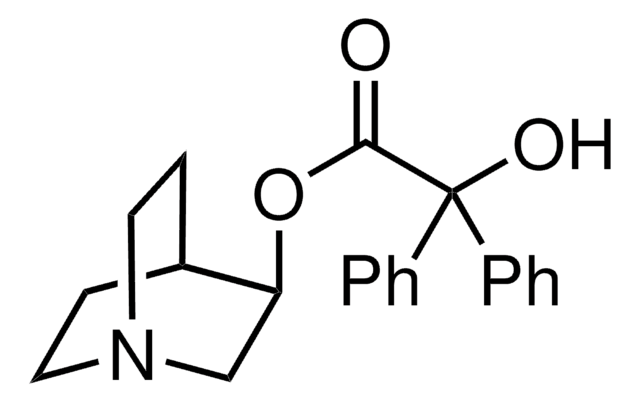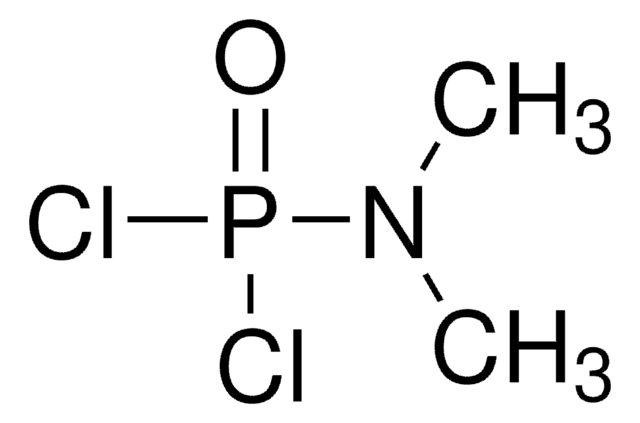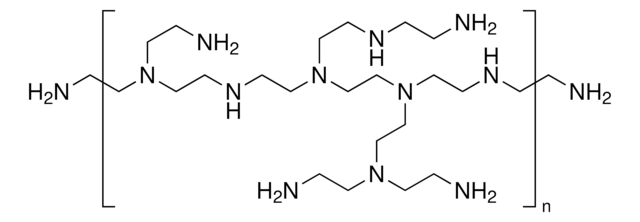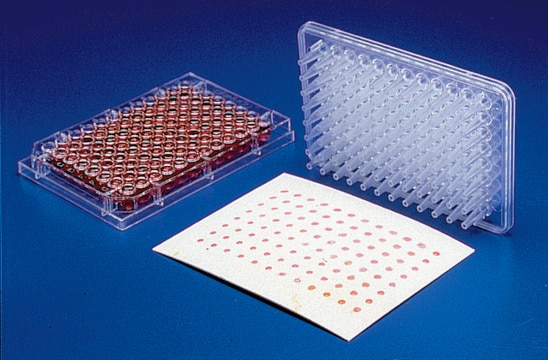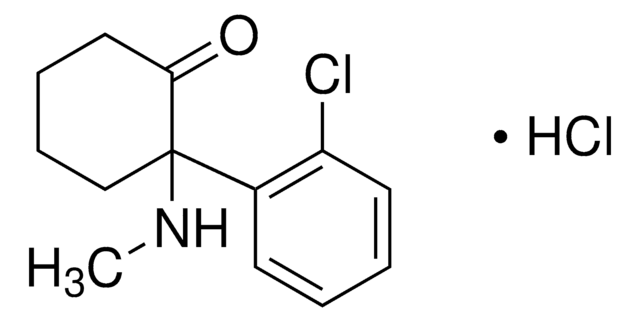C002
(±)-Quinuclidinyl benzilate
powder
Synonym(s):
(±)-QNB, (±)-Quinuclidinyl α-hydroxydiphenylacetate
About This Item
Recommended Products
form
powder
Quality Level
color
white
solubility
chloroform: soluble (but decomposes within 24 hrs)
methanol: stable (for up to two weeks at -20°C.)
εmax
13,500 at 207.4 nm in methanol
storage temp.
2-8°C
SMILES string
OC(C(=O)OC1CN2CCC1CC2)(c3ccccc3)c4ccccc4
InChI
1S/C21H23NO3/c23-20(25-19-15-22-13-11-16(19)12-14-22)21(24,17-7-3-1-4-8-17)18-9-5-2-6-10-18/h1-10,16,19,24H,11-15H2
InChI key
HGMITUYOCPPQLE-UHFFFAOYSA-N
Related Categories
Biochem/physiol Actions
Features and Benefits
signalword
Danger
hcodes
pcodes
Hazard Classifications
Acute Tox. 2 Oral
wgk_germany
WGK 3
flash_point_f
Not applicable
flash_point_c
Not applicable
ppe
dust mask type N95 (US), Eyeshields, Faceshields, Gloves
Certificates of Analysis (COA)
Search for Certificates of Analysis (COA) by entering the products Lot/Batch Number. Lot and Batch Numbers can be found on a product’s label following the words ‘Lot’ or ‘Batch’.
Already Own This Product?
Find documentation for the products that you have recently purchased in the Document Library.
Our team of scientists has experience in all areas of research including Life Science, Material Science, Chemical Synthesis, Chromatography, Analytical and many others.
Contact Technical Service